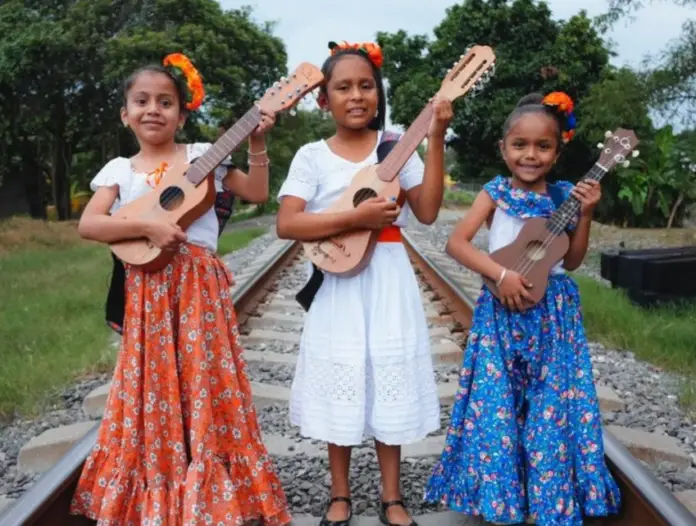In a land where every word evokes ancestral stories and the echo of the mountains carries the secrets of generations, Oaxaca took a historic step towards preserving its linguistic wealth.
With the creation of the Institute of Native Languages of Oaxaca (ILEO), the state reaffirms its role as the cultural and linguistic epicenter of Mexico, in a bid to safeguard an unparalleled heritage that defies oblivion.
Oaxaca, the birthplace of 15 native languages and more than 170 variants, is a unique cultural mosaic in the country.
According to official figures, 1.2 million people in the state are speakers of indigenous languages.
However, behind this figure there remains a concern: many of these languages face serious risks of disappearing.
As Victor Cata, director of the recently inaugurated Institute, pointed out, “the number of inhabitants does not correspond to the number of active speakers, and endangered languages are witnesses to a silent struggle to survive.”
Governor Salomón Jara Cruz stressed that the ILEO is an urgent response to UNESCO’s call during the International Decade of Indigenous Languages, and a key tool to combat racism, discrimination and linguistic displacement.
The Institute is not only a space to preserve memory; it is a platform to revitalize the present and project a more just and inclusive future.
Its objectives include promoting the daily use of languages in public spaces, strengthening oral communication through “language nest” programs and implementing educational initiatives that ensure their generational transmission.
In addition, the creation of a University of Native Languages, announced by the governor, marks a milestone in the educational history of Oaxaca.
This institution will not only train teachers and linguists, but will become a beacon for research and dissemination of ancestral knowledge related to herbal medicine, textile arts and food culture, all within the framework of native languages. “Speaking an indigenous language is a linguistic right, and a linguistic right is a human right,” Cata said at Governor Salomón Jara’s morning press conference.
This statement sums up the spirit of a project that seeks to restore dignity to indigenous peoples, not only through innovative language policies, but also through the recognition of their contribution to national identity.
The Institute will also prioritize the visibility of languages through linguistic landscapes and digital platforms, combating prejudices such as the alleged incompatibility of these languages with writing.
“The first writing in America was born in Oaxaca, and we must remember this with pride,” Cata emphasized.
The work of ILEO is not limited to its walls: its success will depend on a transversal effort that involves the entire society.
From public servants to the speaking communities, every Oaxacan will be part of this movement. As the governor pointed out, “Oaxaca is the cultural and linguistic heart of Mexico, and our responsibility is to ensure that this heart continues to beat.”
With this initiative, Oaxaca not only preserves its languages; it also strengthens its identity and sends a message to the world: in every native word lives a story, and in each story, a people that refuses to disappear.

Source: agenciaoaxaca.mx




